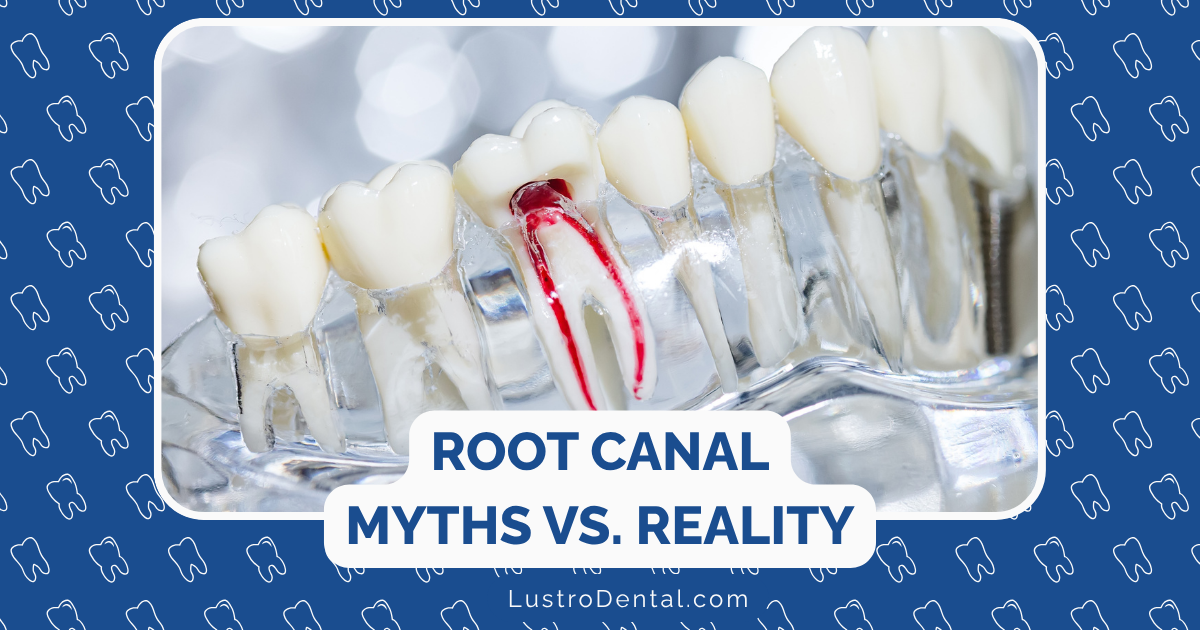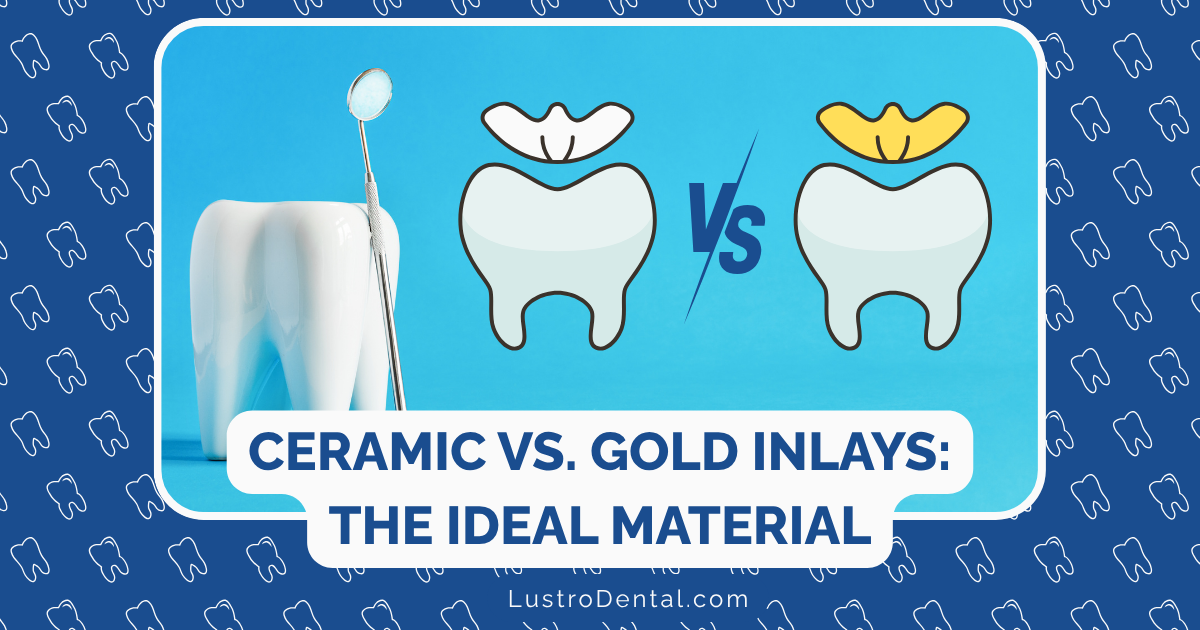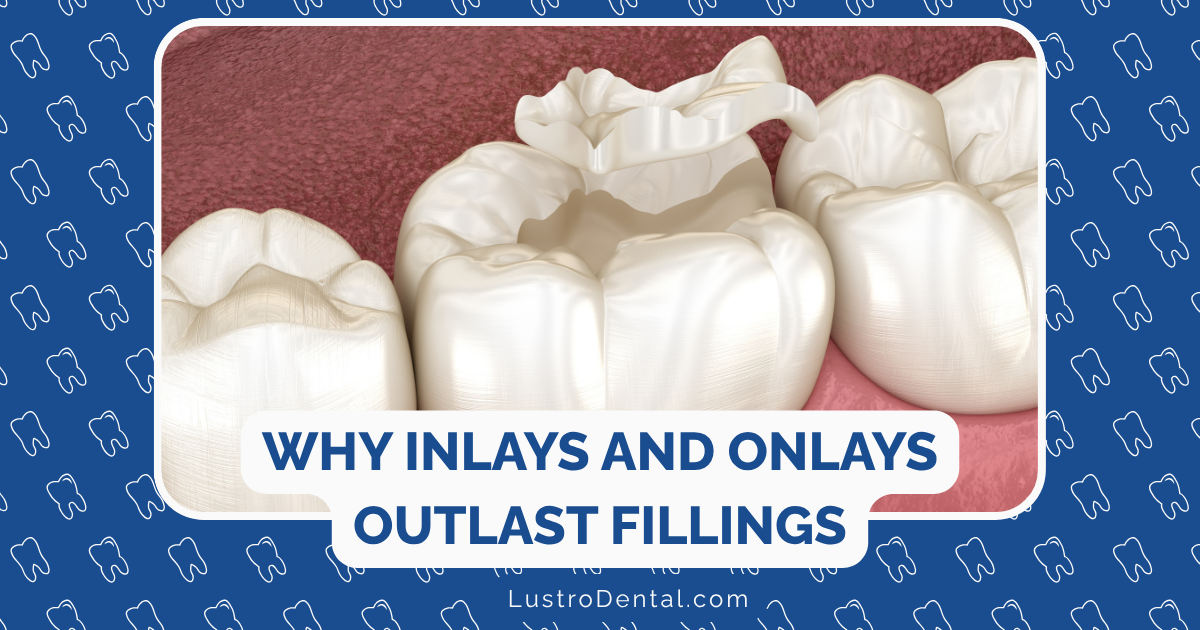5 Myths About Root Canals That Need to Die (And What’s Actually True)

Few dental procedures are surrounded by as much misinformation and fear as root canals. Just mentioning the words “root canal” can make some people wince or share a horror story they’ve heard. But here’s the thing: most of what people believe about root canals is based on outdated information or complete myths that have persisted for decades.
As someone who’s passionate about dental health education, I find it frustrating to see these myths continue to circulate—especially when they prevent people from getting treatment that could save their natural teeth. Today, we’re going to tackle the five most persistent root canal myths and replace them with scientific facts that can help you make informed decisions about your dental care.
Myth #1: “Root Canals Are Extremely Painful”
This is perhaps the most common misconception, and it’s one that keeps many people from seeking necessary treatment.
The Myth’s Origin
This belief likely stems from the pre-anesthetic era of dentistry when any dental procedure was indeed painful. Additionally, many people who need root canals come to the dentist already in significant pain from their infected tooth, creating an association between root canals and pain.
The Actual Truth
Modern root canal therapy relieves pain rather than causing it. With today’s advanced anesthetics and techniques, the procedure itself is typically no more uncomfortable than having a cavity filled.
According to the American Association of Endodontists (AAE), patients who have experienced root canals are six times more likely to describe the procedure as “painless” compared to people who have never had one but are just going by what they’ve heard.
Dr. Sarah Johnson, an endodontist at the University of Michigan School of Dentistry, explains: “The pain people associate with root canals is actually from the infection, not the treatment. The procedure itself removes the source of pain. Most of my patients are surprised by how comfortable the process is and often report immediate relief following treatment.”
A 2023 study published in the Journal of Endodontics found that 96% of patients reported being comfortable during their root canal procedure, and 92% reported significant pain reduction within 24 hours of treatment.
Myth #2: “Root Canals Cause Cancer and Other Serious Illnesses”
This particularly harmful myth suggests that root canal-treated teeth can lead to systemic diseases throughout the body.
The Myth’s Origin
This misconception primarily stems from poorly designed research conducted nearly a century ago, before modern research techniques were established. In the 1920s, Dr. Weston Price suggested that bacteria trapped in root canal-treated teeth could cause diseases elsewhere in the body. His research methods have since been thoroughly debunked by the scientific and medical communities.
The Actual Truth
There is no valid scientific evidence linking root canal treatment to cancer or any other systemic disease. In fact, research suggests quite the opposite.
A large-scale study published in JAMA Otolaryngology in 2013 found that patients who had multiple endodontic treatments had a 45% reduced risk of cancer compared to those who had no history of this treatment.
The American Dental Association (ADA) and other health organizations have thoroughly reviewed the scientific literature and found no causal relationship between root canal therapy and disease elsewhere in the body.
Dr. Michael Chen, an immunologist and dental researcher at the National Institute of Dental and Craniofacial Research, states: “The idea that properly performed root canals contribute to systemic disease contradicts everything we know about human physiology and immunology. Modern endodontic procedures effectively eliminate infection and inflammation, which actually reduces overall health risks.”
Myth #3: “It’s Better to Extract the Tooth Than Have a Root Canal”
Many people believe that pulling a tooth is a better long-term solution than saving it with a root canal.
The Myth’s Origin
This myth likely stems from the misconception that extraction completely eliminates the possibility of infection, whereas a root canal might leave behind some bacteria. Additionally, the lower upfront cost of extraction (without considering replacement) can make it seem like the more economical choice.
The Actual Truth
Saving your natural tooth through root canal therapy is almost always preferable to extraction. Your natural teeth are designed to work together, and losing one can have a cascade of negative effects.
According to the American Association of Endodontists, extracting a tooth can actually lead to significant health consequences, including:
- Shifting of adjacent teeth
- Difficulty chewing and proper nutrition
- Jaw bone deterioration
- Changes in facial structure over time
- Need for more extensive and expensive treatments to replace the tooth
Dr. Lisa Rodriguez, a prosthodontist at the American College of Prosthodontists, explains: “While extraction might seem simpler, the long-term consequences of losing a natural tooth are significant. The cost and complexity of properly replacing an extracted tooth with an implant or bridge far exceed those of a root canal and crown in most cases.”
Additionally, extraction procedures actually cause a higher incidence of bacteria entering the bloodstream compared to root canal treatment, according to research published in the Journal of Endodontics.
Myth #4: “Root Canals Remove the Roots of Your Tooth”
The name “root canal” leads many people to believe that the procedure involves removing the roots of the tooth.
The Myth’s Origin
This misunderstanding stems directly from the name of the procedure. The term “root canal” actually refers to the natural cavity within the tooth that contains the dental pulp, not to the procedure itself or its outcome.
The Actual Truth
A root canal procedure does not remove the roots of your tooth. Instead, it cleans out the infected or damaged pulp (the soft tissue inside the root canal) while leaving the tooth structure intact.
During a root canal procedure, the endodontist:
- Creates a small access opening in the crown of the tooth
- Removes infected or inflamed pulp tissue from within the canal
- Cleans, shapes, and disinfects the canal space
- Fills and seals the canal with a biocompatible material
- Places a filling to close the access opening
The roots themselves remain firmly anchored in your jawbone, continuing to provide stability and functionality. After a root canal, your tooth remains structurally sound, especially when properly restored with a crown if needed.
“The confusion about root canals removing roots is understandable given the name,” notes Dr. James Wilson of the American Board of Endodontics. “In reality, we’re treating the space within the roots, not removing the roots themselves. After treatment, your tooth remains securely in place, functioning much like your other natural teeth.”
Myth #5: “If a Tooth Doesn’t Hurt, It Doesn’t Need a Root Canal”
Many people believe that pain is the only indicator of needing a root canal, and a painless tooth must be healthy.
The Myth’s Origin
This misconception arises because pain is indeed a common symptom of pulp inflammation or infection. However, it’s not the only indicator, and sometimes infected teeth can be completely painless.
The Actual Truth
A tooth can require root canal treatment even when there is no pain. Endodontists can identify pulp damage or infection through various diagnostic methods, including:
- Dental X-rays that show signs of infection at the root tip
- Temperature sensitivity tests
- Electric pulp testing
- Selective percussion (tapping) tests
- Examination of the surrounding gum tissue
According to the Journal of the American Dental Association, up to 25% of teeth requiring root canal treatment present with no pain symptoms. These “silent” infections can still cause significant damage if left untreated.
Dr. Robert Garcia, an endodontist with over 20 years of experience, explains: “By the time a tooth becomes painful, the infection is often advanced. We can identify problems requiring root canal therapy long before pain develops through routine examinations and diagnostic imaging. Early intervention typically means simpler treatment and better outcomes.”
The Science Behind Modern Root Canal Treatment
To fully understand why these myths are unfounded, it helps to know what actually happens during a modern root canal procedure:
Advanced Imaging
Today’s endodontists use 3D cone-beam computed tomography (CBCT) to create detailed images of tooth anatomy, allowing for precise treatment planning and identification of all canal structures.
Thorough Disinfection
Modern techniques include:
- Ultrasonic activation of irrigation solutions
- Laser-assisted disinfection
- Advanced antimicrobial irrigation protocols
These approaches achieve significantly better disinfection than was possible even a decade ago.
Biocompatible Materials
Today’s filling materials are designed to be completely biocompatible and provide an excellent seal against future bacterial invasion.
Success Rates
According to a systematic review published in the Journal of Endodontics in 2024, properly performed root canal treatments have a success rate exceeding 95%, with many treated teeth lasting a lifetime.
Who Should Perform Your Root Canal?
While many general dentists perform root canals, endodontists are specialists who have:
- Completed dental school
- Undertaken an additional 2-3 years of specialized training
- Performed thousands of root canal procedures
- Invested in specialized equipment like dental operating microscopes
For complex cases, seeking treatment from an endodontist can provide the highest chance of success. The American Association of Endodontists offers a specialist locator to help you find a qualified endodontist in your area.
Signs You Might Need a Root Canal
While absence of pain doesn’t mean absence of problems, these symptoms might indicate the need for endodontic evaluation:
- Persistent tooth pain
- Sensitivity to hot or cold that lingers
- Discoloration of the tooth
- Swelling or tenderness in nearby gums
- A pimple-like bump on the gums near the affected tooth
- Pain when applying pressure to the area
If you experience any of these symptoms, it’s important to see a dentist promptly for evaluation.
Real Patient Experiences
Perhaps the most compelling evidence against root canal myths comes from those who have actually undergone the procedure:
“I put off my root canal for months because I was terrified after hearing horror stories from my parents. When I finally had it done, I was shocked by how painless it was. The endodontist was gentle and thorough, and the relief was immediate.” — Sarah, 34
“After reading online that root canals cause health problems, I almost opted for extraction. I’m so glad my dentist took the time to explain the science and refer me to an endodontist. Three years later, my tooth is perfectly healthy, and so am I.” — Michael, 47
“The most painful part of my root canal experience was the infection before treatment. The procedure itself was no worse than having a filling, and I was back at work the same day with no pain.” — Jennifer, 29
Conclusion: Making Informed Decisions About Your Dental Health
When it comes to your oral health, decisions should be based on scientific evidence rather than persistent myths or outdated information. Modern root canal therapy is a safe, effective, and relatively comfortable procedure that can save your natural tooth and relieve pain.
If you’ve been avoiding needed dental care due to fears about root canals, I encourage you to discuss your concerns with a dental professional who can provide accurate information specific to your situation. With today’s advanced techniques and technologies, there’s no reason to fear this tooth-saving procedure or to believe the myths that continue to circulate about it.
Your natural teeth are worth saving, and modern endodontic treatment makes that possible—comfortably, safely, and predictably.
Have you had a root canal? Was your experience different from what you expected? We’d love to hear about your experience in the comments below!







